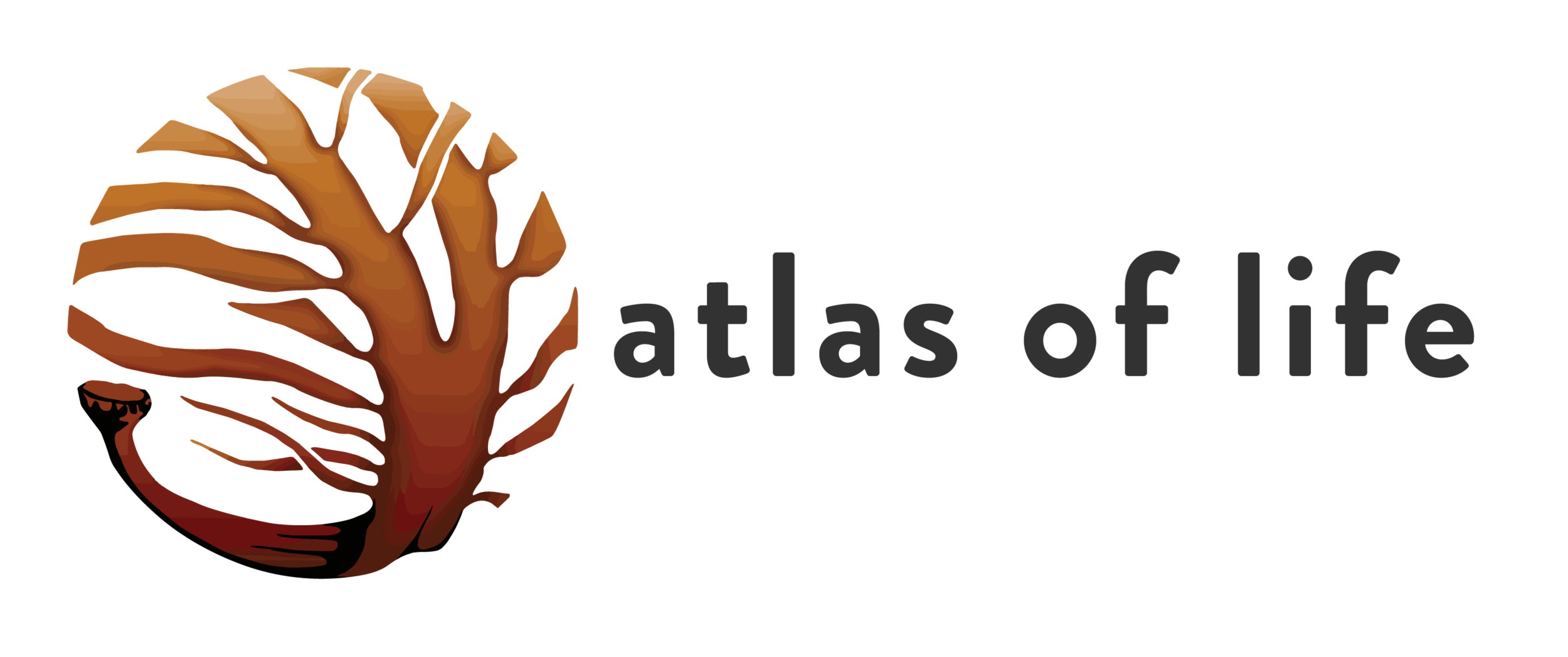The Screaming Woman and the Growling Dog
Creature Feature
by Andrew Jeeves
I live on the shores of Wonboyn Lake and lately I’ve been waking up at night or in the early morning to an animal with a strange call: sometimes a screaming woman in pain, sometimes a growling dog. Sometimes the call travels across the cleared front of my property. I thought it must have been an owl, perhaps a ‘barking owl’ (not that I know much about owls). Owls are nocturnal, aren’t they?
Until I mentioned this to my botanical–zoological friends at Life in a Southern Forest and Kerri said, “Does it sound like this?”, playing a sound bite on her laptop. Listen to it here.
That’s the one: a Yellow-bellied Glider (YBG), Petaurus australis australis; a loud, distinctive call, usually beginning with a high-pitched shriek and subsiding into a throaty rattle. It’s one of seven species of gliders in Australia, all related to possums.
The YBG, also known as the fluffy glider in Far North QLD, is a member of the Petauridae family. It is the largest of the four Petaurus gliders that occur in Australia. The YBG is found along the eastern coast to the western slopes of the Great Dividing Range, from northern QLD around to the VIC/SA border. The northern Queensland species is a different subspecies.
The YBG is an extremely accomplished glider. A gliding membrane (patagium) stretches from the fifth finger of the hand to the ankle. It has a gliding trajectory of about 30° to the horizontal and is capable of making 180° turns in mid-air. Glides over 100m are known, 90–100m are not exceptional and 40–60m swoops are common (1).
Drawing by AEJ after: https://publications.rzsnsw.org.au/doi/pdf/10.7882/AZ.2011.046
Gliding enables the YBG to cover great distances rapidly, whilst not using a lot of energy. In one evening a YBG can travel up to 5km and they regularly move 1–2km from their den tree to feed (1).
YBGs use a range of food resources. They hunt for insects, particularly large crickets, under the shedding bark of gum trees. They gather pollen from eucalypt, turpentine and banksia flowers. Honey dew is taken from sap-sucking bugs and is licked from branches by the gliders.
However, YBGs depend primarily on tree sap for food. This is available year-round, whereas pollen and insects are only seasonally available. Gliders use their lower teeth to extract the sap from a number of species of eucalypt and acacia trees, leaving a distinctive V-shaped incision on the tree trunk, typically 12cm long, and 1–5cm wide and up to 1cm deep.
We’ve been lucky because our local YBG family selected a Black Wattle (Acacia mearnsii) near our house to tap for sap and have been coming back to it most nights for more than four weeks and have been recently returning every night. We’ve been able to photograph them on occasion.
The wattle bark (as you can see in the photos) has been quite cut up, probably by the gliders. It’s also common for Red Wattlebirds (Anthochaera carunculata) to come in the daytime and feed on the same parts of the wattle.
I wondered where our YBGs spent their time when they were not feeding near our house. A bit of reading uncovered some information about their ecology.
They live in small family groups of two to six individuals and are nocturnal (2).
They are mobile and occupy large home ranges between 20–85+ ha to encompass their dispersed and seasonally variable food resources (2).
They are intensely territorial. Intruders are attacked, sometimes resulting in severe injuries, even death. Calls are used to ward off potential intruders (1).
They den, often in family groups, in hollows of large trees tending to have narrowish hollow entrances, deeper cavities and thin walls (3).
Cavities used by YBGs measure, on average, 37cm deep and 18cm in diameter, and have entrances 11cm in diameter (3).
They can live in monogamous or polygynous groups.
Like all animals, the YBG requires a specific set of resources for survival. However, this species is under particular threat because those resources - in particular suitable food trees and den sites - are becoming scarcer. This is due to past and present forest management and land clearing.
As a result, the distribution of the YBG has declined up to 50% over some areas of its former habitat and it is currently listed as Vulnerable in NSW. We feel very lucky to share our patch of forest with them.
References:
“Yellow-bellied Glider”. Wildlife Preservation Society of Queensland website .
“Yellow-bellied Glider (Petaurus australis) population on the Bago Plateau - endangered population listing”. NSW Office of Environment and Heritage. (Website)
Carthew, SM, “Characteristics of the den trees of the Yellow-bellied Glider in Western Victoria”, Australian Journal of Zoology 66(3), Jan. 2018. (link to publication)
Brown, M. “Socioecology and Phylogeography of the Yellow-bellied Glider (Petaurus australis)” PhD thesis, Environmental Biology, School of Earth and Environmental Sciences, University of Adelaide, OCT 2006. (link to publication)










